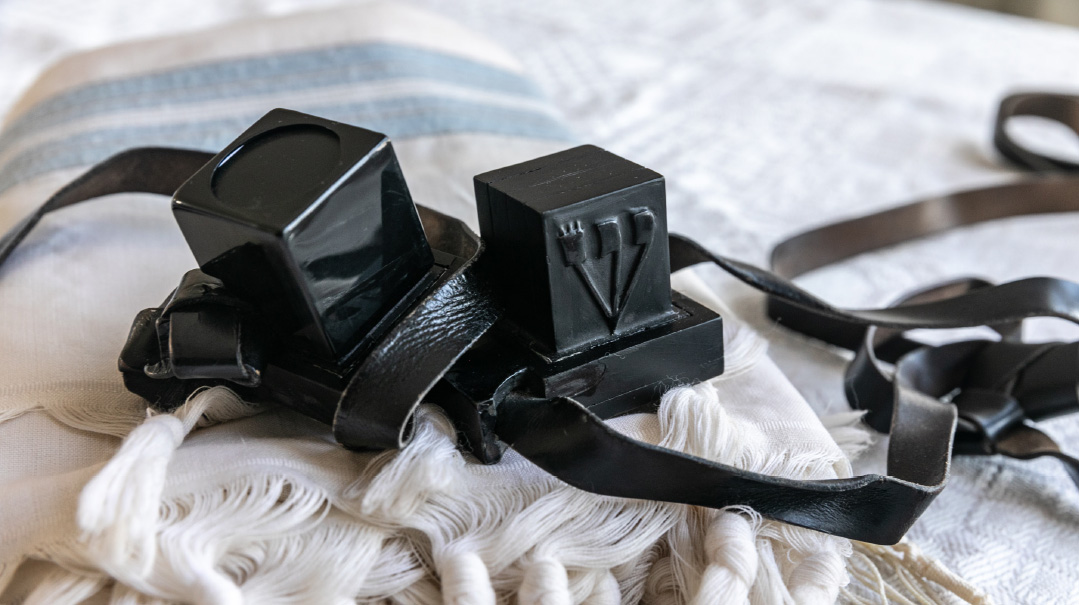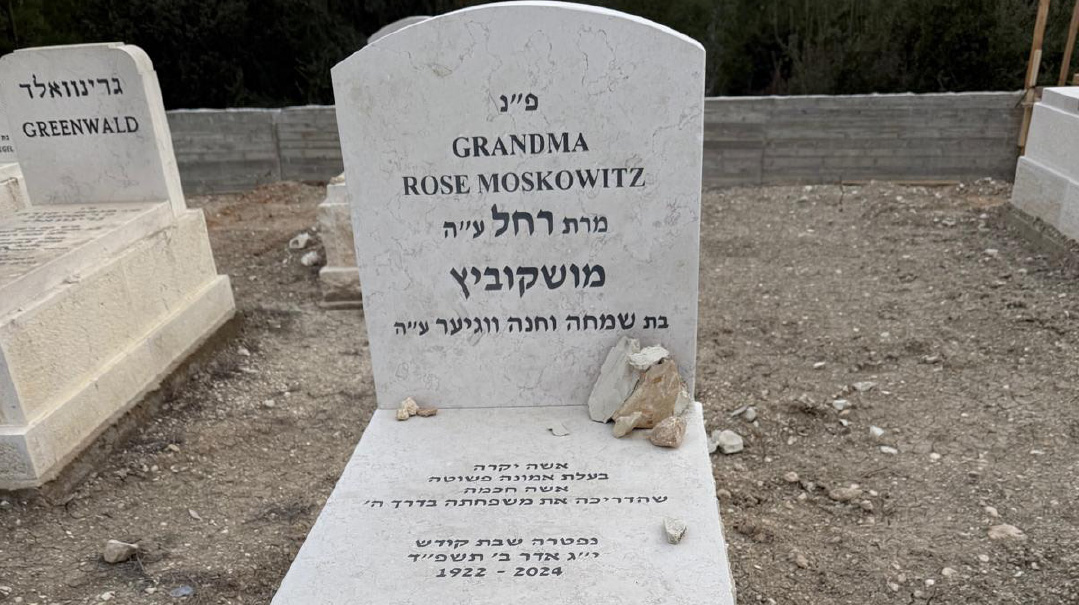Every Piece Had a Name — or a Number


O
ne of my professional vocational experiences is being a stained glass artist. Although stained glass isn’t very popular or well-known in the Jewish world, it brings me great creative pleasure and unusual opportunities.
Several years ago, an educational organization contacted me to create a commemoration art piece for their Kristallnacht memorial event.
After some thought, I designed a project that would slowly reveal itself through the course of the evening’s program and be implemented by participants who wished to join the experience. I wasn’t quite sure how the details would play out, but being brash and spontaneous has always served me well in my creative efforts.
In the end, baruch Hashem, all worked out. The audience told me they were “moved and warmly pleased,” the organizers expressed deep satisfaction, and a beautiful commemorative piece of art was created that evening. It was eventually framed, mounted, and prominently displayed.
Over the years I’ve been asked to repeat this project at different venues. Each time there were surprises and unexpected experiences. But one specific event remains etched in my heart and mind.
It took place one warm summer evening during the Nine Days in a large overnight camp in the Catskill Mountains area. I was asked to do the project to give an audience opportunity to reflect on the Churban Beis Hamikdash as well as Churban Europa. The participants would be wide-ranging, from teenagers to seniors.
The program began the same way it always did. At the entrance hall a table was set up with two large triangles of beige-yellow colored glass, one on top of the other, to create an oversized Magen David.
As the crowd entered, I asked them to use the indelible ink pens we supplied to write on these glass panels. “Write the name or names of people you knew or may have heard about who had perished during the terrible years of the Holocaust,” I asked them. Slowly the two sheets of glass were covered with names. No one questioned why. They just wrote and wrote.
Then the formal part of the program began. The crowed was seated and quietude filled the somber room. A lecturer began speaking, and at a prearranged moment, at the back of the room, I lifted the glass panels with the names written on them and dropped them into a large metal tray. A loud, terrifying crash filled the room as the glass panels shattered into many small, sharp fragments. There was a momentary shock. Then, after a short pause, the lecturer resumed his speech.
After the formal part of the program, I took the microphone and asked the guests, “Please join in creating a memorial art piece to commemorate this evening’s events.” A sizable crowd gathered around a large panel of clear plexiglass I had prepared. It was marked with specific areas to be covered with the glass fragments from the broken panels. A puzzle-like pattern began to emerge as the glass pieces were glued to the clear surface. Space on the Plexiglass was reserved to allow lettering to be added at the conclusion of our efforts.
Many people wanted to glue “their” piece of glass (i.e., with the names they had written) onto the memorial. It was amazing to watch as people sifted through mounds of sharp glass fragments, barehanded, determined to locate what was so precious and meaningful to them.
(Excerpted from Mishpacha, Issue 756)
Oops! We could not locate your form.






